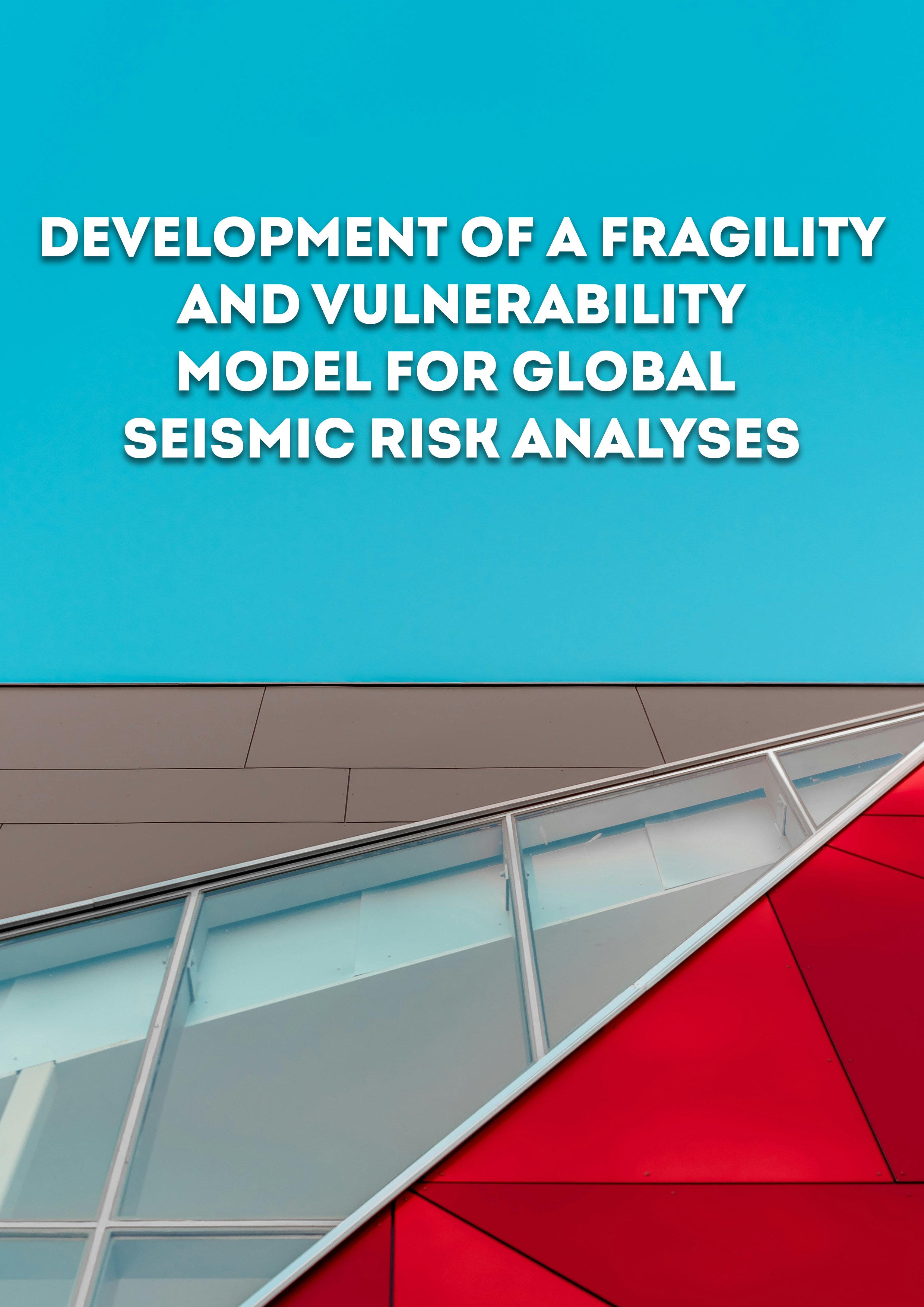top of page
Development of a fragility and vulnerability model for global seismic risk analyses
2020
|
Peer-reviewed
Seismic fragility and vulnerability assessment is an essential step in the evaluation of probabilistic seismic risk. Ideally, models developed and calibrated for the building portfolio of interest would be readily available. However, the lack of damage data and insufficient analytical studies lead to a paucity of fragility and vulnerability models, in particular in the developing world. This study describes the development of an analytical fragility and vulnerability model covering the most common building classes at the global scale. Nearly five hundred functions were developed to cover the majority of combinations of construction material, height, lateral load resisting system and seismic design level. The fragility and vulnerability were derived using nonlinear time-history analyses on equivalent single-degree-of-freedom oscillators and a large set of ground motion records representing several tectonic environments. The resulting fragility and vulnerability functions were validated through a series of tests which include the calculation of the average annual loss ratio for a number of locations, the comparison of probabilities of collapse across all building classes, and the repetition of past seismic events. The set of vulnerability functions was used for the assessment of economic losses due to earthquakes as part of the global seismic risk model supported by the Global Earthquake Model Foundation.
bottom of page








